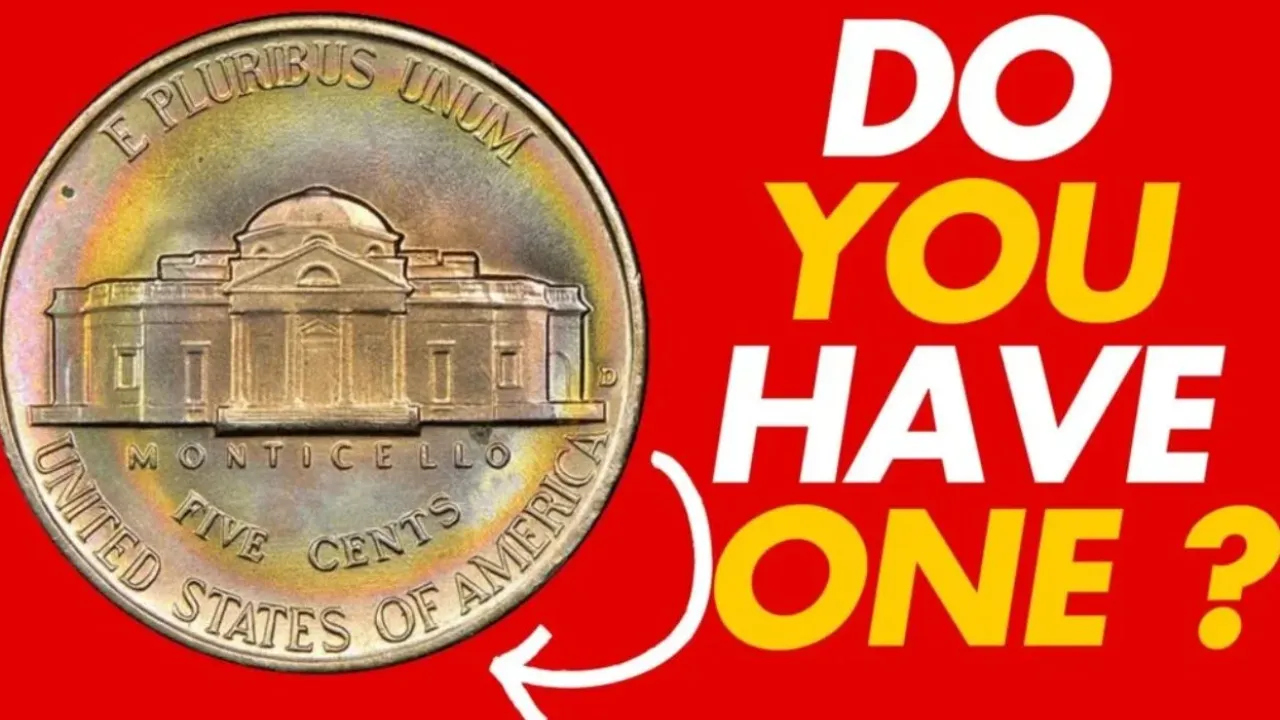Imagine finding a regular-looking nickel in your pocket change worth thousands, even tens of thousands, of dollars. It’s not fantasy. It happened because of World War II, a critical metal shortage, and a few remarkable minting mistakes involving the humble Jefferson nickel. The 1942-1945 “War Nickels” are a fascinating chapter in U.S. numismatic history, turning an everyday coin into a potential jackpot for collectors.
Nickel for Victory: The Wartime Context That Forged a Rarity
As World War II intensified, the U.S. faced unprecedented demands for strategic metals. Nickel, a key component in the traditional Jefferson nickel alloy (75% copper, 25% nickel), was vital for armor plating, artillery, and other military applications. Every ounce counted for the war effort.
-
The Critical Shortage: By mid-1942, nickel became so essential for defense that continuing its use in coinage was deemed unsustainable.
-
Congress Takes Action: Legislation was swiftly passed authorizing a change in the composition of the five-cent piece to conserve nickel for weaponry.
-
The Silver Solution: The ingenious, albeit temporary, fix? Replace the nickel with… silver! Specifically, an alloy of:
-
56% Copper
-
35% Silver
-
9% Manganese
-
-
The Manganese Factor: Manganese was added to give the new alloy sufficient hardness and durability for coinage. This blend created a coin with a distinct, slightly grayer appearance compared to its pre-war counterpart.
Spotting the Silver: Identifying the Wartime Jefferson Nickels
Not all nickels minted from 1942 onwards contained silver. The change happened mid-year. Here’s how to instantly identify a genuine “War Nickel”:
-
The Dates: Look for coins dated 1942, 1943, 1944, or 1945.
-
The Giant Mint Mark: This is the key identifier. To signify the special composition, the U.S. Mint placed large mint marks prominently above the dome of Monticello on the reverse (tails side) of the coin.
-
“P” for Philadelphia (No mint mark was used before 1942)
-
“D” for Denver
-
“S” for San Francisco
-
-
The Color & Sound: War Nickels often appear slightly darker or grayer than standard nickels. They also tend to have a duller, less “ringy” sound when dropped compared to the copper-nickel alloy.
From Common to Coveted: The Rarity Factors Driving Value
While millions of War Nickels were struck, several factors elevate specific dates and varieties to extraordinary value:
-
The 1942 Transition Year: Both compositions (copper-nickel and silver-manganese) were minted in 1942. Nickels without the large mint mark above Monticello (struck in the older alloy) are common. Those with the large mint mark (silver alloy) are the standard War Nickels for that year.
-
Low Mintage Dates: Certain years and mints produced fewer coins:
-
1943-P: Relatively lower mintage compared to other war years.
-
1944-D: One of the scarcer regular-issue War Nickels.
-
1945-S: The lowest mintage of the regular silver issues.
-
-
Condition is King: Like all coins, pristine, uncirculated specimens (especially those with original mint luster) command significant premiums over worn examples. Coins graded MS-65 or higher by PCGS or NGC are highly sought after.
-
The Real Jackpot: Mint Errors: This is where War Nickels truly achieve legendary status and six-figure valuations. Two errors stand out:
The 1943-P Doubled Die Obverse (DDO): A Numismatic Superstar
-
The Error: During the die preparation process, the hub impression was misaligned, creating a distinct doubling effect visible primarily on the date, “IN GOD WE TRUST,” and Jefferson’s eye and hairline.
-
The Rarity: Extremely scarce. Only a handful are known in high grades.
-
The Value: A specimen graded PCGS MS-64 sold for over $100,000 in recent years. Even lower-grade examples fetch tens of thousands. It’s arguably the most famous and valuable Jefferson nickel variety.
The 1943/2-P Overdate: A Hidden Date in the Silver
-
The Error: A 1943-dated die was created by reworking an unused 1942-dated die. Traces of the underlying “2” are visible beneath the “3” in the date, particularly at the lower curve.
-
The Rarity: Significantly rarer than the DDO, especially in mint state.
-
The Value: High-grade examples (MS-63 and above) routinely sell for $20,000 to $50,000+, with top specimens reaching even higher.
-
The Legacy of Silver: Beyond the Errors
Even common-date circulated War Nickels hold value above face value due to their 35% silver content. Their “melt value” fluctuates with the silver market, but they consistently trade for a premium as affordable silver bullion coins accessible to all collectors. This intrinsic value provides a solid foundation for the series.
Could You Have a Fortune in Your Pocket?
The story of the Jefferson War Nickels is a powerful reminder of history’s impact on everyday objects. Born from national sacrifice during WWII, these coins transformed from utilitarian currency into numismatic icons, driven by unique composition, scarcity, and dramatic minting errors.
Next time you get a nickel in change, especially one dated between 1942 and 1945, take a closer look! Flip it over. Is there a large “P,” “D,” or “S” boldly stamped above Monticello? If so, you’re holding a piece of wartime history and a coin with inherent silver value. And while finding a six-figure error is incredibly rare, the thrill of discovery and the tangible link to America’s past make every War Nickel a small treasure.
Also Read: The $19.9 Million Kennedy Half Dollar Mystery: Truth Behind the Viral Treasure Hunt
Hi, I’m Ehsaan Mukherjee – the mind behind slategray-tarsier-598917.hostingersite.com. I’ve always been fascinated by the power of technology and the thrill of automobiles. This platform is my personal space where I explore, write, and share everything that excites me in these two dynamic worlds.
Whether it’s breaking down the latest car models or diving into the world of innovative gadgets, I believe in keeping things simple, practical, and useful. slategray-tarsier-598917.hostingersite.com is more than just a website — it’s my way of connecting with curious minds like yours.
